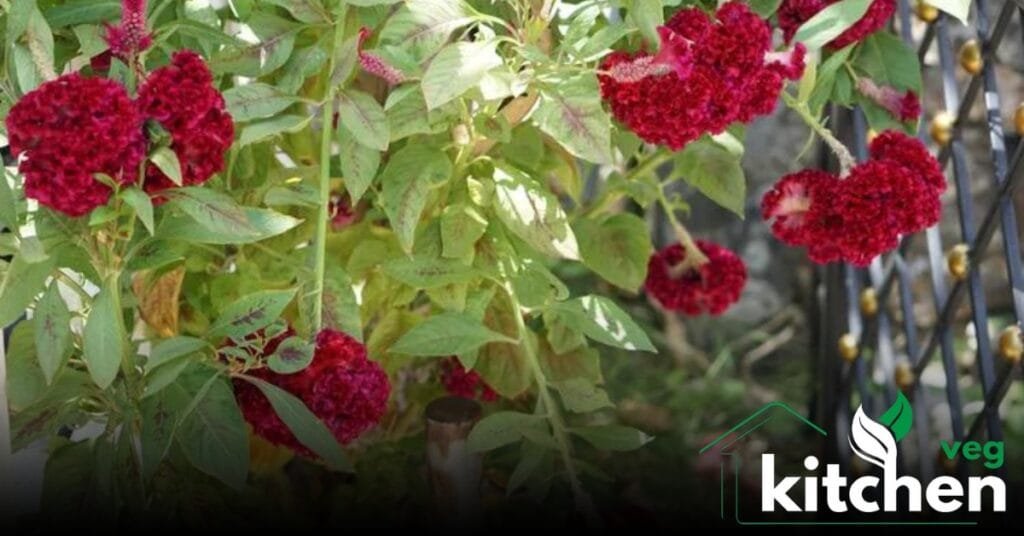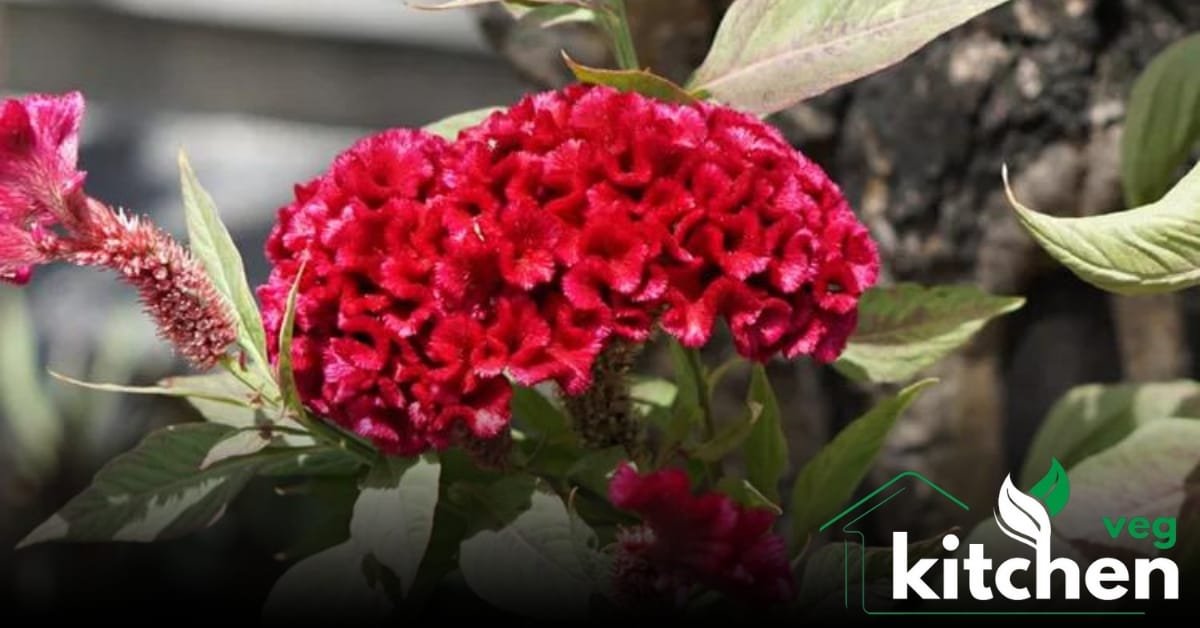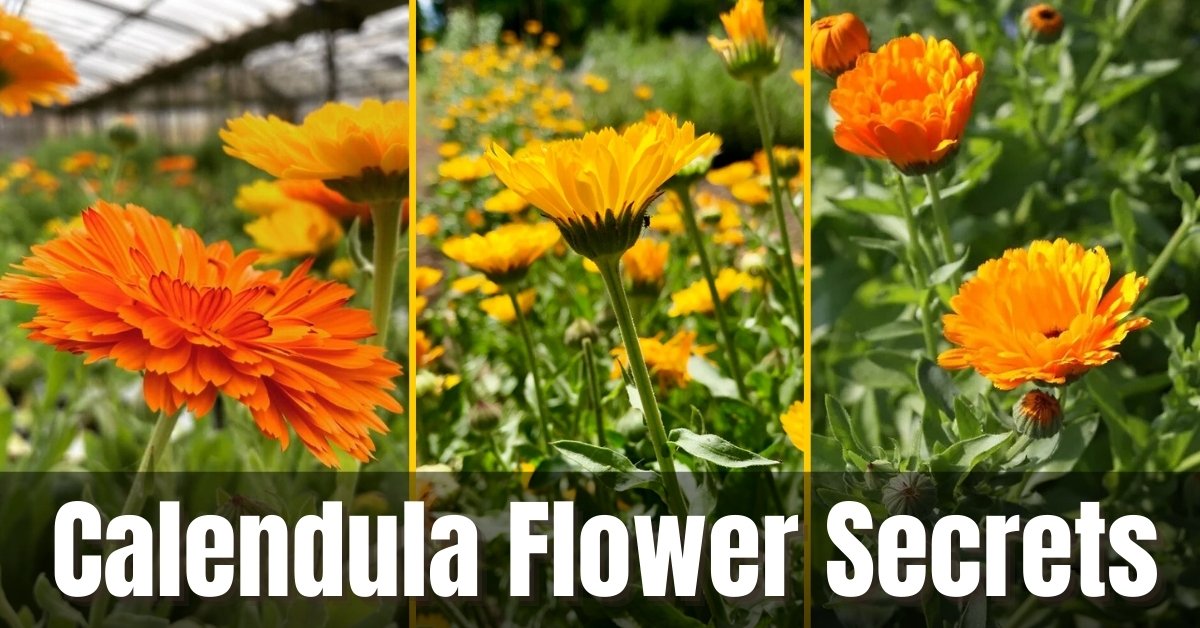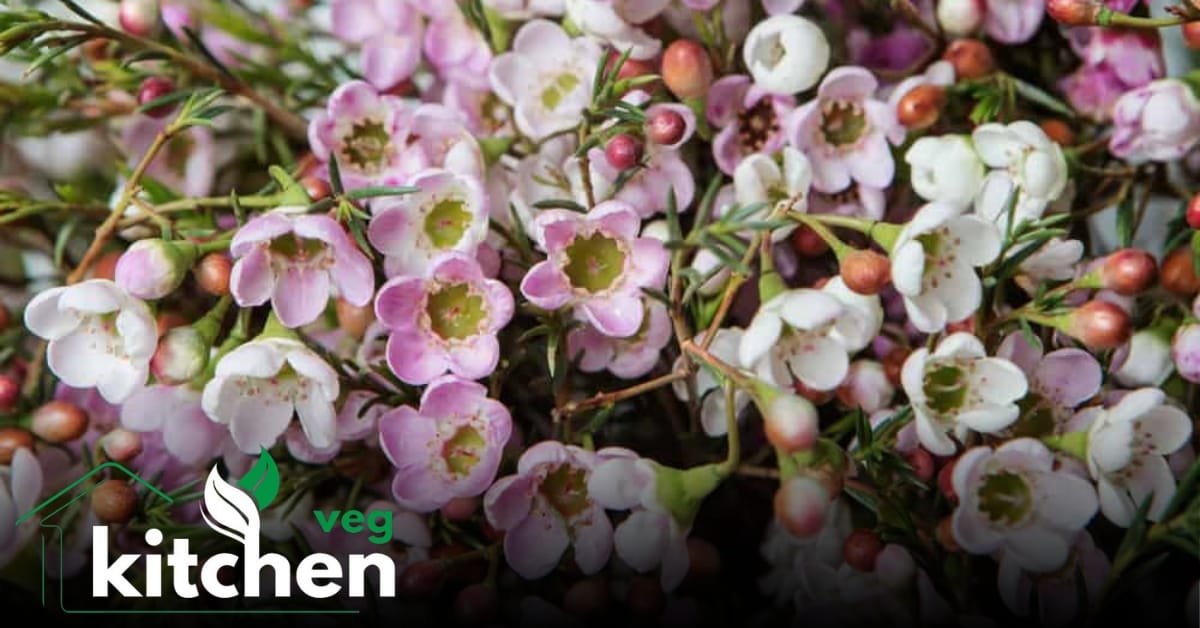Introduction:
Only a few plants among the diverse botanical marvels draw as much attention as the Cockscomb. It is popular in gardens all around the world for its unique look, which is similar to a rooster comb.
Cockscomb has many variants, an exciting history, and a growing method that entices fans to appreciate its beauty above only its appealing appearance.
This comprehensive guide explores the fascinating world of Cockcomb, covering everything from its history to the intricacies of cultivating and harvesting.
Origins and Historical Significance:
The cockscomb, or celosia argentea var. cristata, is native to tropical Asia and Africa. It has historically had metaphorical meaning throughout many civilizations, frequently connected to wealth, love, and immortality.
Because of its unusual form and colorful blossoms, ancient cultures valued it and used it in rites and rituals. Cock’s comb flowers distinct charm drew the attention of botanical researchers and horticulturists as it spread throughout gardens around the globe.
Exploring Cockscomb Types:

There is a fantastic variety of cockscomb kinds, each with unique qualities and charms. The Plumosa and Cristata types are two of the more well-liked ones. Landscapes benefit from the striking pop of color provided by cristata, known for its densely packed, velvety blossoms resembling a rooster’s comb and crested cock’s-comb.
Conversely, Plumosa adds a graceful element to gardens with its fluffy plumes that resemble a plumed cockscomb. Some noteworthy variants include the vividly colored Dwarf variety, valued for its small stature and bright colors, and the Spicata, which has spiky flower clusters.
Varieties and Cultivars:
Several varieties within each kind provide gardeners with countless options. There is a cockscomb variation to fit every taste and desire, ranging from the blazing red colors of “New Look Red” to the brilliant oranges of “Kimono Mix” and the dazzling yellows of “Glowing Flame.” Breeders constantly creatively release new cultivars fans by exploring the limits of color, shape, and size.
How to Grow Cockscomb flower :
Cultivating Cockscomb for use in flower bouquets, pots, or gardens is a satisfying project. First, choose a sunny spot with soil that drains well; ideally, the pH of the soil should be between 6.0 and 7.5.
Plant seeds directly in the ground once the risk of frost has gone, or begin indoors four to six weeks before the final day of frost.
To avoid illness, maintain a constant moisture content in the soil without becoming soggy, and allow sufficient ventilation. Cockscomb thrives in warm regions with adequate care and delights with bright blossoms.
Cultivation Techniques:
A few essential methods are necessary to successfully cultivate Cockscomb to guarantee ideal growth and flowering. Frequent irrigation is required to keep the foliage lush and prevent dying, especially in dry times.
Feeding every 4-6 weeks with a balanced fertilizer promotes robust growth and an abundance of flowers while mulching aids in moisture retention and weed suppression. The visual impact of Cockscomb in the garden is increased by deadheading spent blooms, which extends the flowering time and promotes continuous blooming.
Propagation Methods:
Cockscomb propagation is relatively simple and provides a variety of ways to grow your garden or show off its beauty to others. Growing new plants is easy and affordable when seeds are surface-sown directly into prepared soil beds or containers.
As an alternative, propagation from cuttings guarantees genetic uniformity and permits the duplication of desired features. Gardeners quickly propagate Cockscomb under ideal conditions by choosing healthy branches, which enhances the plant’s attractiveness in landscapes.
Surface Sowing Technique:
Cockscomb seeds are surface sown when they are thinly scattered over prepared soil beds or containers, softly pressed into the soil, and lightly covered with a thin coating of vermiculite or soil.
Until germination occurs, maintain steady moisture levels, keeping the soil uniformly wet but not soggy. After they get their first true leaves, thin seedlings ensure enough space between them so that each plant may grow and thrive.
Propagation From Cuttings:
A reliable technique for growing cockscomb plants with desired characteristics, such as flower color, size, and shape, is cutting propagation. Using sharp, clean scissors or pruning shears, remove healthy stems from mature plants, particularly those devoid of flower buds, right below a node. To get to the nodes, remove any lower leaves.
Then, place the cut end in a well-draining rooting media and soak it in powdered rooting hormone to promote root growth. Once roots form, keep the cutting warm and wet with indirect light. Then, move it into an appropriate growing medium to continue growing.
Caring for Growing Cockscomb:
Cockscomb plants require careful maintenance to maintain their health and vitality as they age. Watch out for pests like aphids, spider mites, and leaf miners. When necessary, take quick action to deal with infestations using natural or chemical solutions.
Frequent pruning promotes branching and keeps the growth habit compact, which produces more flowers. Support is also necessary for larger kinds to maintain upright growth and minimize flopping, which will improve the visual effect of Cockscomb in the garden.
Harvesting Cockscomb:
Cockscomb blossoms must be harvested carefully to preserve their freshness and beauty, whether they are to be dried or used in floral arrangements. Pick vibrantly colored and firm-textured blossoms early in the morning when completely hydrated.

To extend the lifespan of branches, cut them at an angle just below a node with pruning shears or sharp scissors and put them right away in a jar of water. Before using cuttings for crafts or décor, let them air dry fully by hanging them upside down in a dark, well-ventilated place away from the sun.
Conclusion:
Cockscomb is a marvel of nature’s creativity and persistence in the enchanted world of gardening. This fascinating plant never ceases to amaze gardeners and fans with its rich history, many types, and growing methods.
Through appreciating its beauty and learning the art of cultivation, we may explore a world of colors, textures, and fragrances that enhance our surroundings and live with the lasting charm of Cockscomb.



